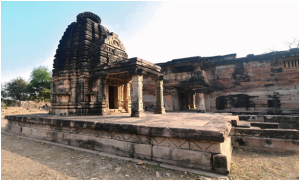
TTT NEWS NETWORK
BHOPAL | 4 JULY 2025
The ancient temples and monasteries of the 9th and 10th centuries in Gram Terahi are a glimpse of India’s rich heritage.
A 10th century monastery and a very ancient Shiva temple is located in Terahi village, about 80 km from Shivpuri.
This area is an excellent example of culture and religious activities of ancient times.
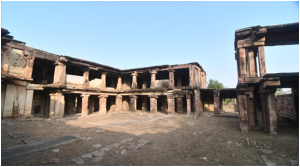
These monasteries date back to the 10th century, which is a testimony to the architectural art and religious traditions of that time. Terhi Math is an important historical and religious site in Shivpuri district, a unique place with a 10th century monastery, Mohajmata temple and other temples
Surrounded by huge walls, this monastery has a room made of huge rock blocks which was used for the residence and study of Acharya students. The carvings and workmanship on its walls are the best example of Hindu architecture.
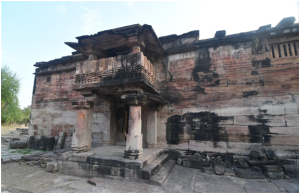
The temples and monasteries here show a glimpse of India’s rich heritage. These serve as evidence of the cultural and historical stories of Central India.
The inscription of the historical Rannod Hindu monastery mentions this monastery as Terambhi monastery. Judging by the remains of temples surrounding the monastery, it seems that it was an important institution in its heyday.
The temple, monastery and water tank were built by monks of the Shiva-tradition between the 9th and 11th centuries.
The monastery is a two-storey building made of huge cut blocks of stone and large slabs. It has an open courtyard, surrounded by corridors with many rooms. Stone stairs lead to the second floor.
The monks also built a drinking water storage and a drainage management system on the north-east side of the monastery so that the building is drained during monsoons.The monks built the monastery to prevent flooding during monsoons.
The monastery contains some Hindu artefacts. The temples contain more abundant artefacts. The outer walls contain artworks from all the major Hindu traditions (Shiva, Vishnu, Shakti and Surya).
Shiv Temple – This west-facing temple is made up of a sanctum sanctorum, antarala and a mukha mandapam.
According to the plan, the temple is a Pancharatha with five projections. The Bhadra and Karna projections are provided with niches, while the Prati-Ratha section is decorated with Ghata-Pallava motifs in the form of pillars.
The niches situated on Bhadra are covered with chhajja. In the niches of Bhadra, there is Parvati performing Panchagni penance in the north, Kartikeya in the east and dancing Ganesha in the south. In the small niches above the hypotenuse projection, there are eight dikpalas in their respective directions. The peak is made up of five tiers, Which are delimited by Bhoomi-Amalaka at each level. There is a niche in front of Shukanasa located above the gap in which the image of Natesh is carved.
The sanctum sanctorum gate is made of five branches. Above the frontal image is an image of Vishnu riding on Garuda. At the ends of that door frame are Brahma and Shiva. Since the temple is dedicated to Shiva, the presence of Vishnu on its frontal image is an interesting feature not usually found in Shiva temples. On either side of Vishnu, six figures on each side, Dvadash-Aditya are shown seated holding a shaft.
Below the door frame are the river goddesses, Ganga and Yamuna, with their attendants. Shaiva dvarapalas are present on the pillars next to the sanctum sanctorum, Based on its stylistic features, the temple is generally dated to the early ninth century AD.
The art and architecture of the temple and monastery is magnificent, it is completely made of stone. The monasteries and temples of Terahi are no less than a storehouse of architectural talent and cultural richness.

Advertisement:


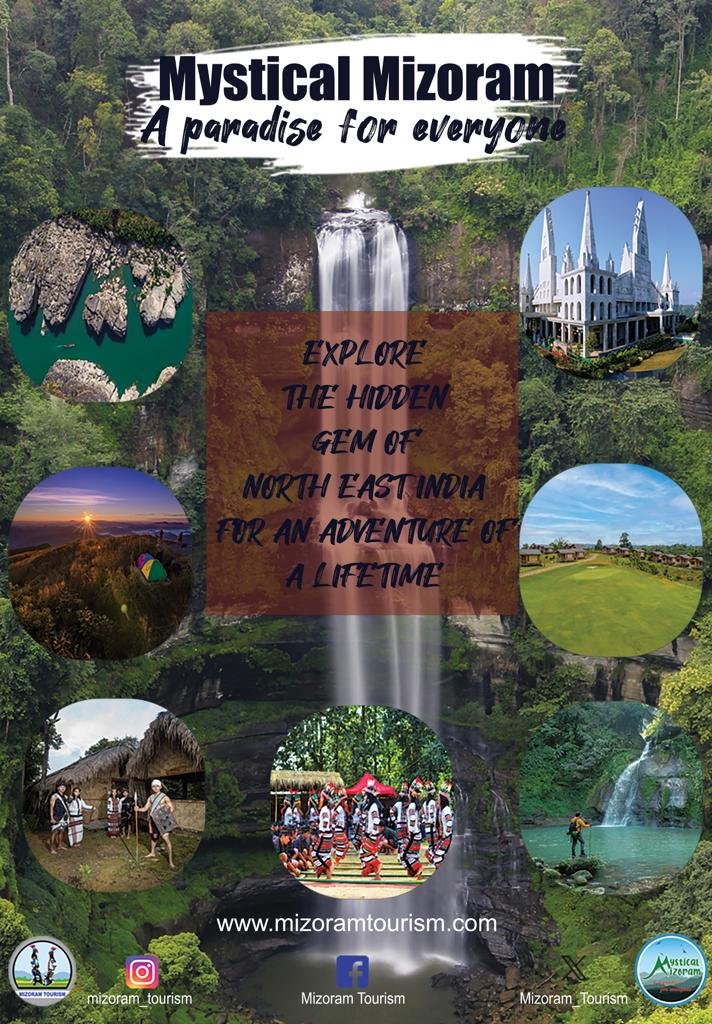

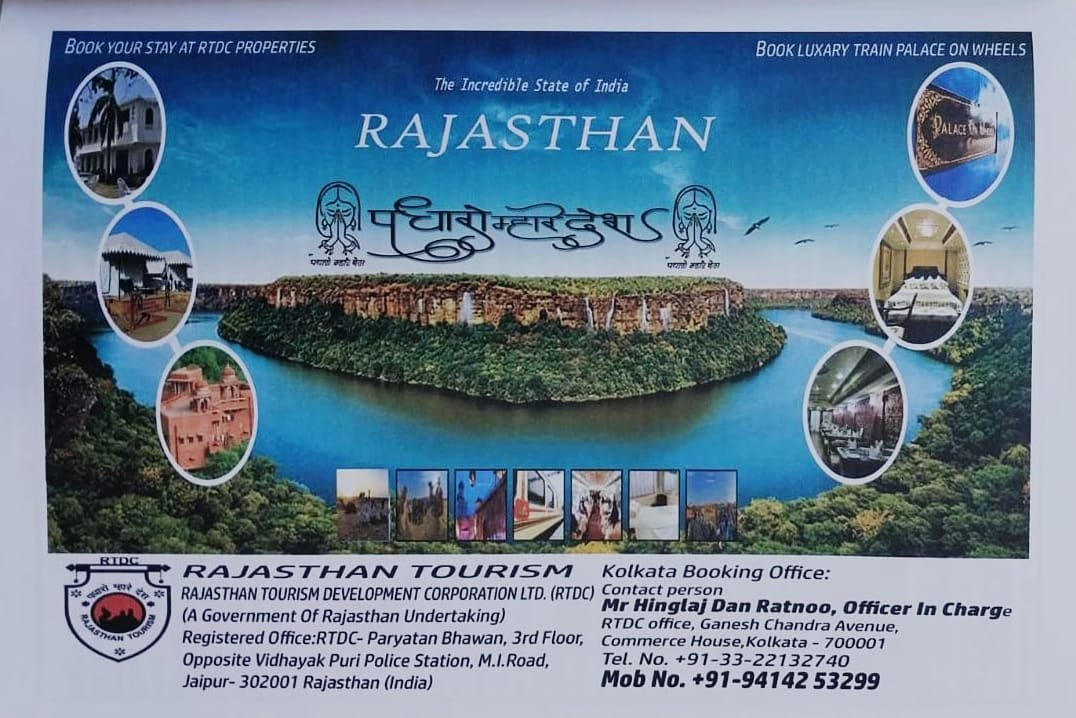







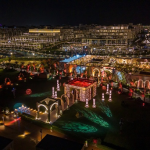
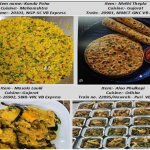
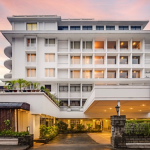
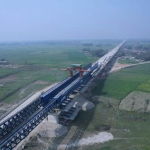




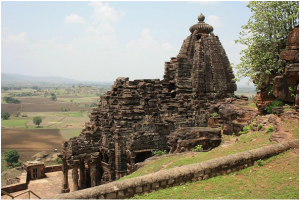
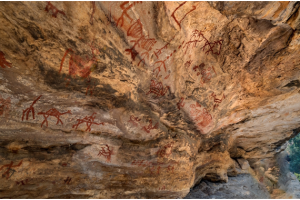
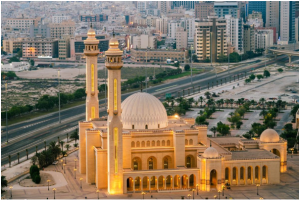







Add Comment